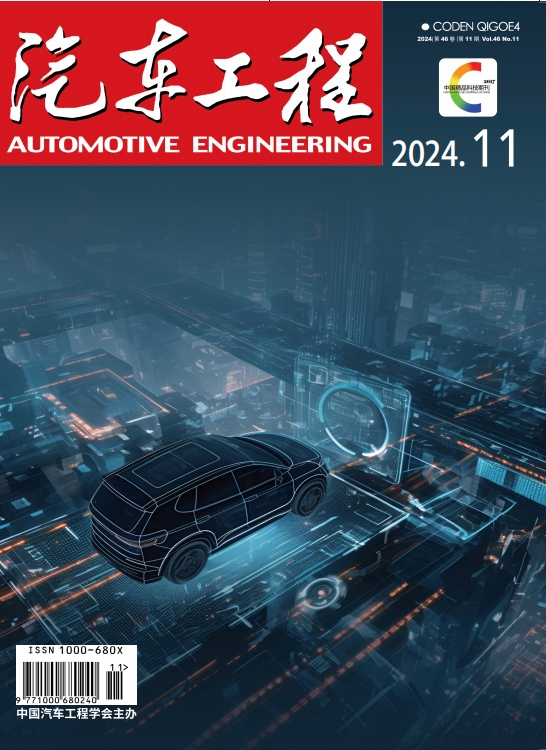低铅汽油的排气阀衰退
Q3 Engineering
引用次数: 12
摘要
1986年1月1日起,美国环境保护署规定,“含铅汽油”中烷基铅抗爆添加剂的含量不得超过每加仑0.1克。这引起了人们对设计用于含铅燃料的老式发动机可能出现严重磨损问题的相当大的担忧。菲利普斯已经完成了一项研究,以解决这一问题,并确定潜在影响的限度。本文报告了这项工作的结果。本文章由计算机程序翻译,如有差异,请以英文原文为准。
EXHAUST VALVE RECESSION WITH LOW-LEAD GASOLINES
Effective January 1, 1986, regulations by the U.S. Environmental Protection Agency limited the amount of alkyl lead antiknock additives that could be used in ''leaded gasoline'' to 0.1 gram per gallon. This has led to considerable concern about the potential for serious wear problems in older engines that were designed to run on leaded fuel. Phillips has completed a study to address this concern and identify limits of potential impact. This paper reports the results of this work.
求助全文
通过发布文献求助,成功后即可免费获取论文全文。
去求助
来源期刊

汽车工程
Engineering-Automotive Engineering
CiteScore
1.90
自引率
0.00%
发文量
5947
期刊介绍:
Founded in 1979, Automotive Engineering is an academic journal reflecting the research results of China's automotive industry, which is supervised by China Association for Science and Technology and sponsored by China Society of Automotive Engineering. It has high authority and influence in the domestic automotive science and technology academic circles, and is included in many databases such as Engineering Index (Ei) of the United States, and is a core periodical of Chinese science and technology journals. It has been included in many databases such as Engineering Index (Ei) of the United States, and is the core journal of science and technology journals in China.
The main content of the journal is about the discussion of automotive theory, automotive vehicles and components in product development, design, manufacturing, use and experimental research and other aspects of academic papers, reflecting the application of a variety of high and new technologies (such as: information, computers and networks, automation, microelectronics, communications, new energy, new materials, new technologies, environmental protection and other technologies) in the field of automotive and transport. Since its inception, Automotive Engineering has been highly regarded by the domestic and international automotive academic community.
 求助内容:
求助内容: 应助结果提醒方式:
应助结果提醒方式:


